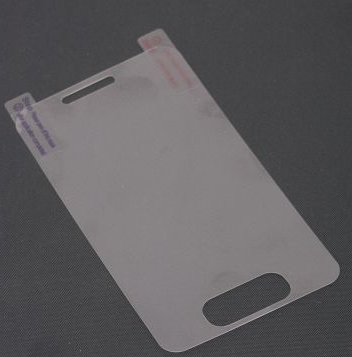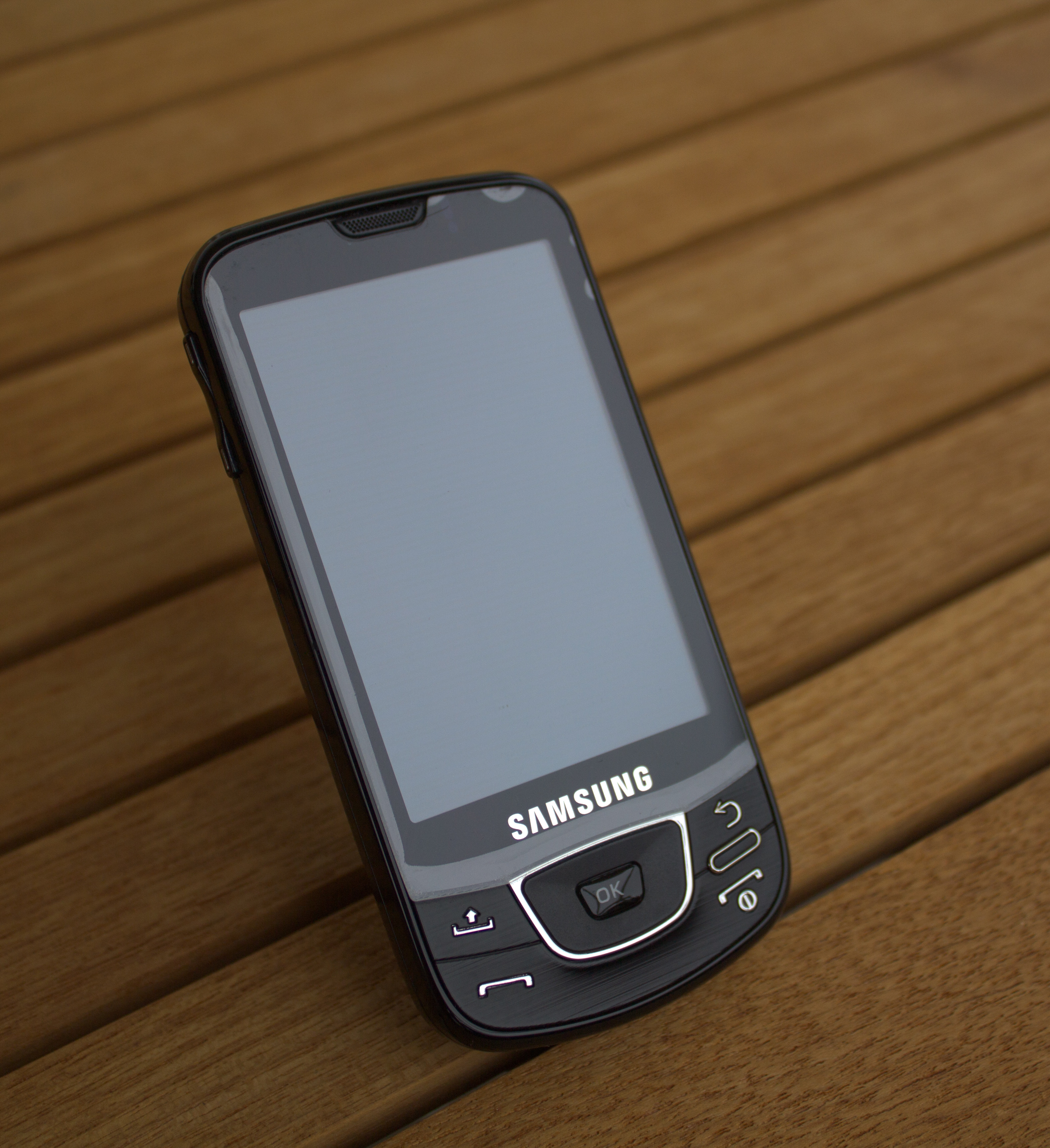screen protector on:
[Wikipedia]
[Google]
[Amazon]

 A screen protector is an additional sheet of material—commonly
A screen protector is an additional sheet of material—commonly

 A screen protector is an additional sheet of material—commonly
A screen protector is an additional sheet of material—commonly polyurethane
Polyurethane (; often abbreviated PUR and PU) is a class of polymers composed of organic chemistry, organic units joined by carbamate (urethane) links. In contrast to other common polymers such as polyethylene and polystyrene, polyurethane term ...
or laminated glass—that can be attached to the screen of an electronic device and protect it against physical damage.
History
The first screen protector was designed and patented by Herbert Schlegel in 1968 for use on television screens. In 1990s, the CRT screen protectors were used on CRT monitors for anti-glare and anti-radiation purposes. Later, they were adapted for use on LCD monitors. Screen protectors first entered the mobile-device market after the rise ofpersonal digital assistant
A personal digital assistant (PDA) is a multi-purpose mobile device which functions as a personal information manager. Following a boom in the 1990s and 2000s, PDAs were mostly displaced by the widespread adoption of more highly capable smar ...
s (PDAs). Since PDAs were often operated via a stylus
A stylus is a writing utensil or tool for scribing or marking into softer materials. Different styluses were used to write in cuneiform by pressing into wet clay, and to scribe or carve into a wax tablet. Very hard styluses are also used to En ...
, the tip of the stylus could scratch the sensitive LCD
A liquid-crystal display (LCD) is a flat-panel display or other electronically modulated optical device that uses the light-modulating properties of liquid crystals combined with polarizers to display information. Liquid crystals do not em ...
screen surface. Therefore, screen protectors provided sacrificial protection from this damage. Since then, the ubiquity of mobile-devices have seen the screen protector become more widely used.
Materials
Screen protectors are made of either plastics, such aspolyethylene terephthalate
Polyethylene terephthalate (or poly(ethylene terephthalate), PET, PETE, or the obsolete PETP or PET-P), is the most common thermoplastic polymer resin of the polyester family and is used in synthetic fibre, fibres for clothing, packaging, conta ...
(PET) or thermoplastic polyurethane
Thermoplastic polyurethane (TPU) is any of the polyurethane polymers that are thermoplastic; that is, they become pliable when heated and harden when cooled. This is in contrast to most polyurethanes, which are thermosets, hardening irreversibly. ...
(TPU), or of laminated tempered glass
Tempered or toughened glass is a type of safety glass processed by controlled heat treatment, thermal or chemical treatments to increase its strength compared with normal glass. Tempering puts the outer surfaces into Compression (physics), comp ...
, similar to the device’s original screen they are meant to protect. Plastic screen protectors cost less than glass and are thinner (around thick, compared to for glass) and more flexible. At the same price, glass will resist scratches better than plastic, and feel more like the device's screen, though higher priced plastic protectors may be better than the cheapest tempered glass models, since glass will shatter or crack with sufficient impact force.
Screen protectors' surface can be glossy or matte. Glossy protectors retain the display's original clarity, while a matte ("anti-glare") surface facilitates readability in bright environments and mitigates stains such as finger prints.
Disadvantages
Screen protectors have been known to interfere with the operation of sometouchscreen
A touchscreen (or touch screen) is a type of electronic visual display, display that can detect touch input from a user. It consists of both an input device (a touch panel) and an output device (a visual display). The touch panel is typically l ...
s.
Also, an existing oleophobic coating of a touchscreen will be covered, although some tempered glass screen protectors come with their own oleophobic coating.
On some devices, the thickness of screen protectors can affect the look and feel of the device.
See also
*Smartphone
A smartphone is a mobile phone with advanced computing capabilities. It typically has a touchscreen interface, allowing users to access a wide range of applications and services, such as web browsing, email, and social media, as well as multi ...
*
References
{{Reflist Display technology